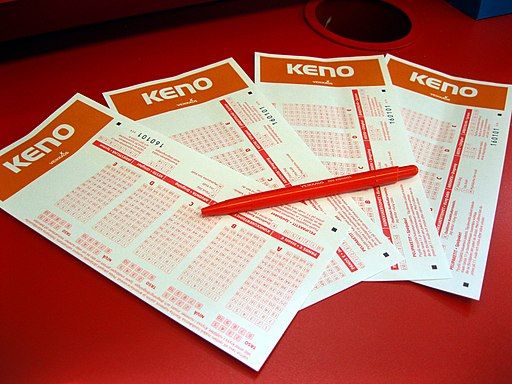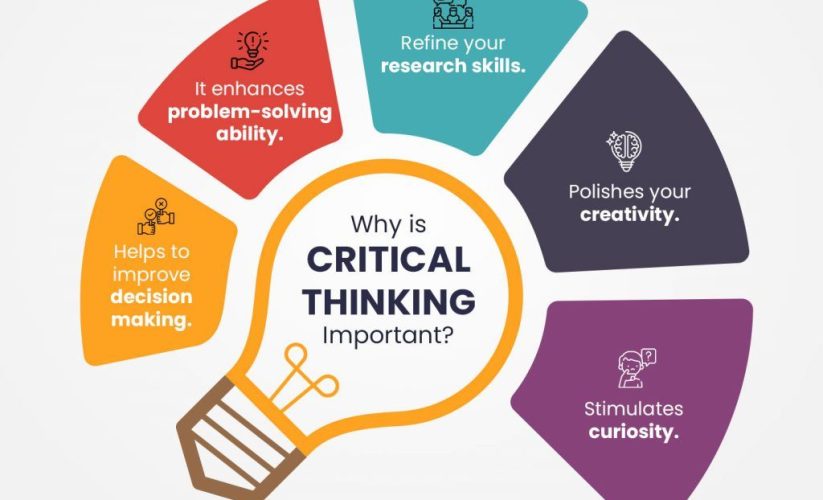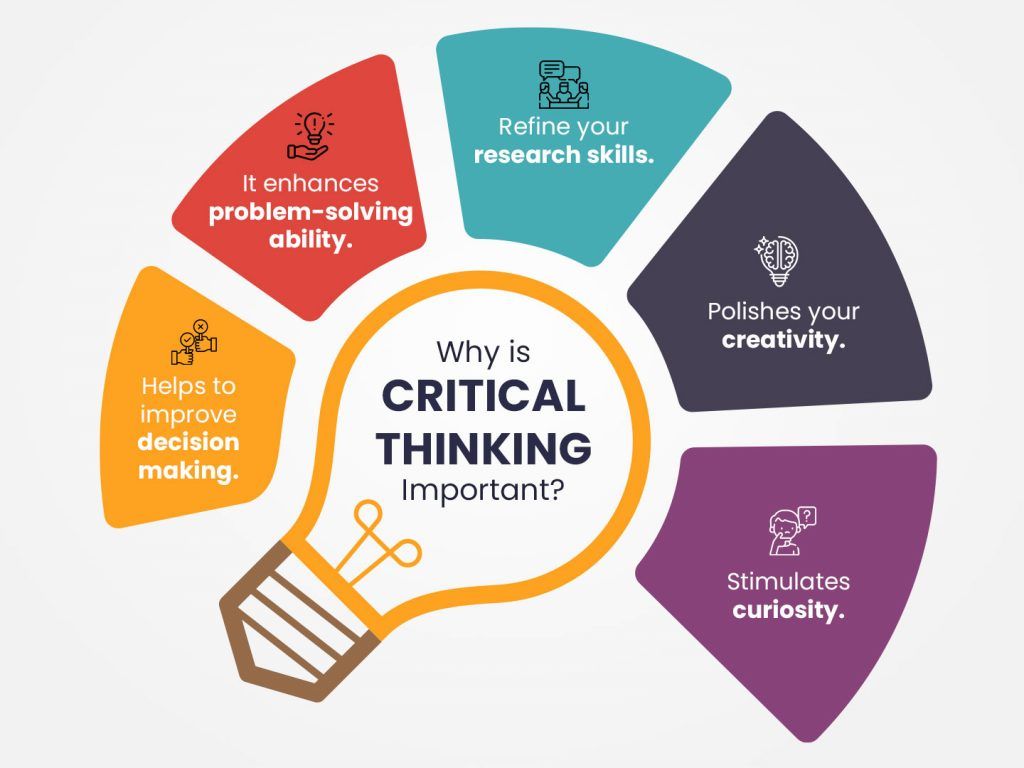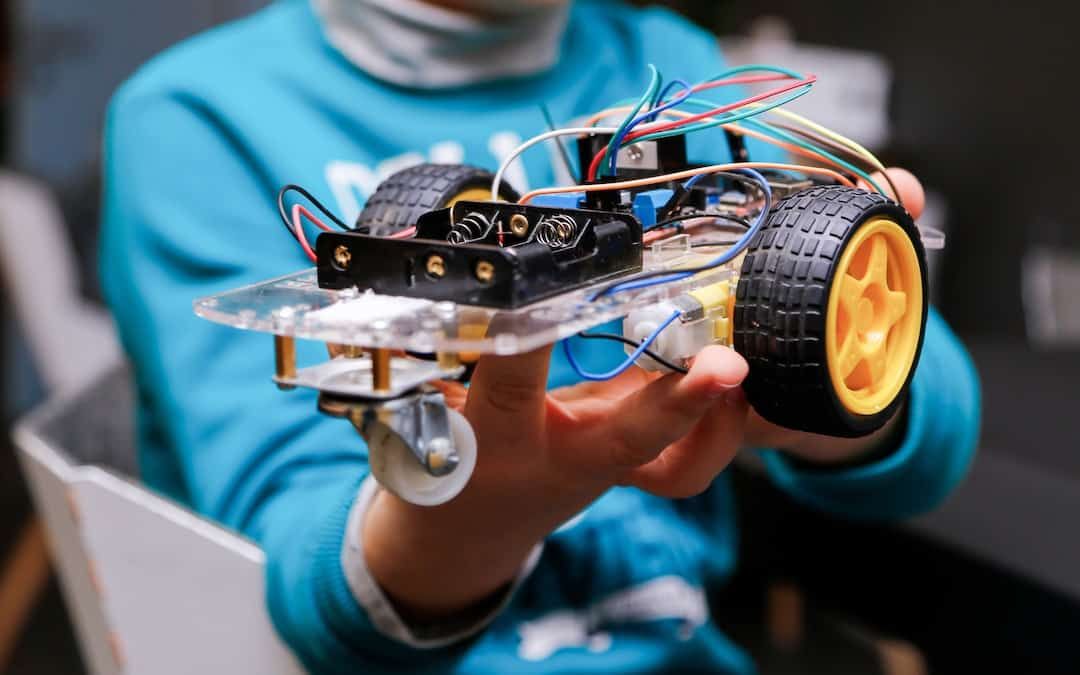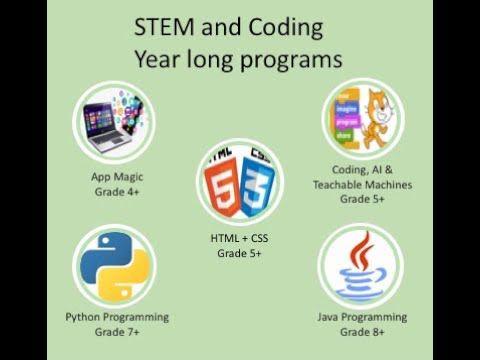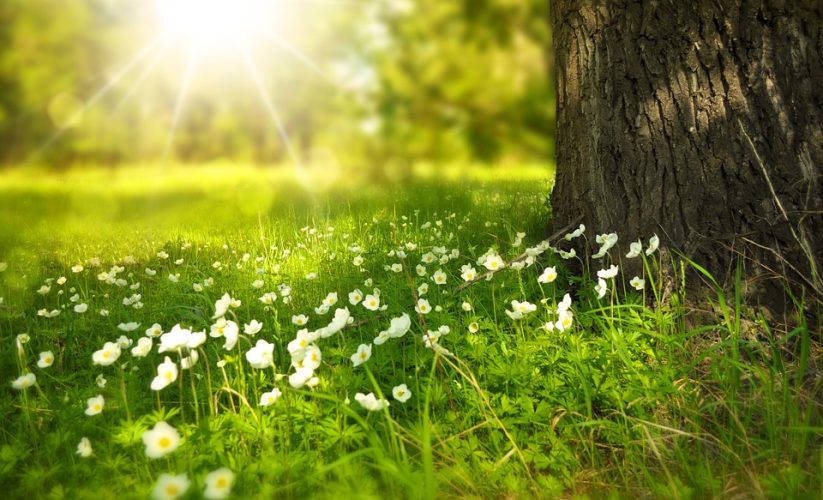
Hands-on Science Experiments for Elementary Students
Science is a fascinating subject that can ignite curiosity and creativity in young minds. One of the best ways to engage elementary students in science is through hands-on experiments. These experiments not only make learning fun and interactive but also help students understand complex scientific concepts in a practical way. In this article, we will explore some exciting hands-on science experiments that are perfect for elementary students.
1. Color Changing Milk Experiment
This simple experiment demonstrates the concept of surface tension and chemical reactions. All you need is a plate, milk, food coloring, and dish soap. Pour a thin layer of milk on the plate and add a few drops of different food coloring. Dip a cotton swab in dish soap and touch the surface of the milk. Watch in amazement as the colors swirl and mix together!
2. DIY Volcano Eruption
No science class is complete without the classic volcano experiment. To create your own volcano, mix baking soda, vinegar, and red food coloring in a container. Place the container on a tray or in a large bowl and watch as the baking soda and vinegar react to create a foamy eruption that mimics a real volcano.
3. Balloon Rocket Experiment
This experiment demonstrates Newton’s Third Law of Motion in action. Attach a long piece of string to two chairs or poles and thread a straw through the string. Inflate a balloon and tape it to the straw. Release the balloon and watch as it propels the straw forward, showcasing the principles of action and reaction.
4. Water Cycle in a Bag
This experiment provides a hands-on way to learn about the water cycle. Fill a ziplock bag with water, seal it, and tape it to a window where it can receive sunlight. Watch as the water evaporates, condenses on the sides of the bag, and eventually precipitates back into the water, mimicking the natural water cycle process.
5. Static Electricity Butterfly Experiment
This experiment explores the concept of static electricity and charges. Cut out a butterfly shape from a piece of paper and tape it to a wall. Rub a balloon on your hair or a piece of cloth to create static electricity and bring it close to the paper butterfly. Watch as the butterfly moves towards the balloon, demonstrating the attraction of opposite charges.
Conclusion: Encouraging Curiosity through Hands-on Science Experiments
Hands-on science experiments are a fantastic way to engage elementary students in STEM subjects and develop their critical thinking and problem-solving skills. By conducting these experiments, students not only learn scientific concepts but also foster a love for learning and exploration. So, roll up your sleeves, grab some materials, and start experimenting with your young scientists today!
